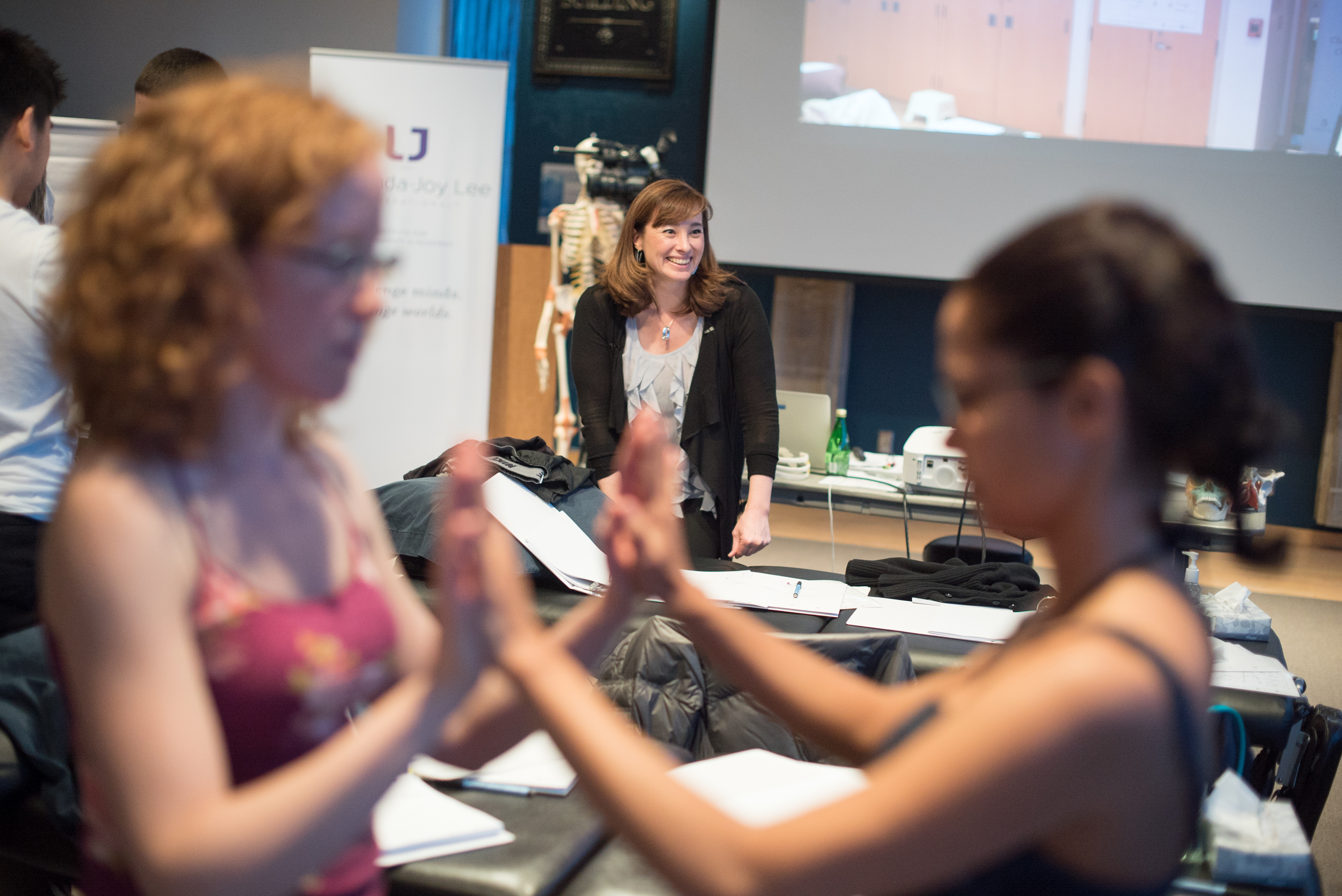Course Objectives
There are several general aims of the Part 4 curriculum:
- To address questions & challenges encountered by participants, since they completed the Part 3 Series journey.
- To consolidate information, enhance skills and deepen levels of understanding of all material from The Series; fill in the “gaps” in participant’s knowledge base and take hands-on skills to a higher level.
- To teach new concepts and changes that are part of the ConnectTherapy™ assessment and treatment model developed by LJ Lee. All previous training in The Integrated Systems Model (ISM, Lee & Lee) provides a solid background to understand LJ’s new model.
- To teach new assessment and treatment skills related to other areas, such as for Dural Drivers and Visual Field Drivers.
- To enhance exercise prescription skills, and progressive exercise program design, using the ConnectTherapy framework for exercise prescription. And to illustrate how the findings from the ConnectTherapy Drivers Diagnostic Chart™ integrates into treatment planning and decision-making.
Specific content will include:
- Time spent “finessing” skills to improve “exotic perceptual abilities”1 to determine areas of non-optimal load transfer, perform corrections and determine the impact of corrections on multiple different areas.
- Clinical reasoning time to facilitate more efficient use of the Drivers Diagnostics Chart and understand the relationships between Primary, Secondary, Tertiary and Co-Drivers, and how these relationships affect treatment decisions.
- All the new concepts and content which form ConnectTherapy and advances in The Thoracic Ring Approach™, including the new Circles of Influence™.
- Specific problem solving around exercise progressions and treatment into phases 2 and 3, including how to use Dynamic Vector Analysis & Release through training.
- Skills and techniques to diagnose Dural Drivers, including dural corrections and how to integrate findings into the Drivers Diagnostics Chart. Treatment for dural drivers will be practiced, along with how treatment differs for a primary dural driver vs. a secondary dural driver.
- Expansion on the topic of visual field drivers and how to diagnose and treat visual field drivers.
Participants will be asked to send in a list of their most difficult areas skill-wise and treatment-wise along with any “wish list” items ahead of time, so LJ can adapt the curriculum to meet the specific needs of the group.
Reference:
- Rosenblum, L. (2010). See What I’m Saying: The Extraordinary Powers of Our Five Senses. New York, NY: W.W. Norton.
COURSE FULLPlease email janine@ljlee.ca to be added to the waitlist
- Location: North Vancouver, BC, Canada
- Date(s): April 29 - May 3, 2019
- Duration: 5 Days
- Cost: $1,675 + 5% GST

